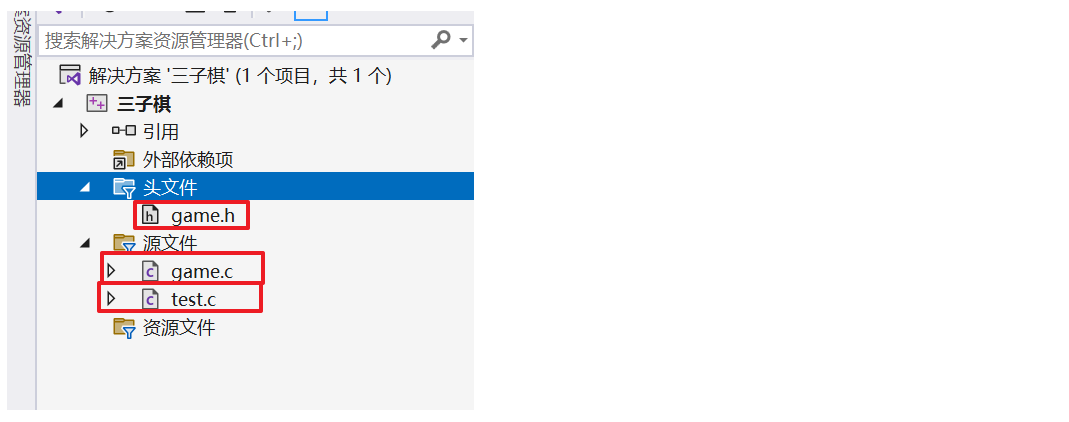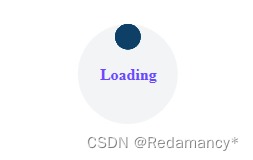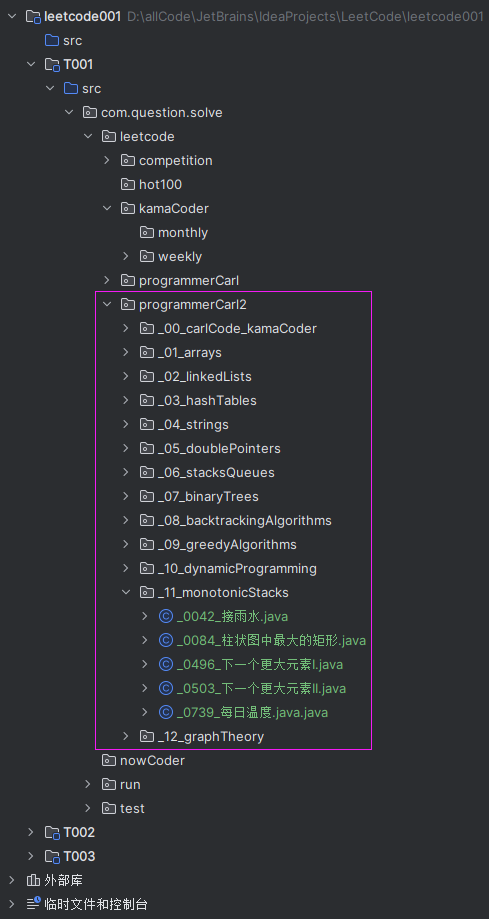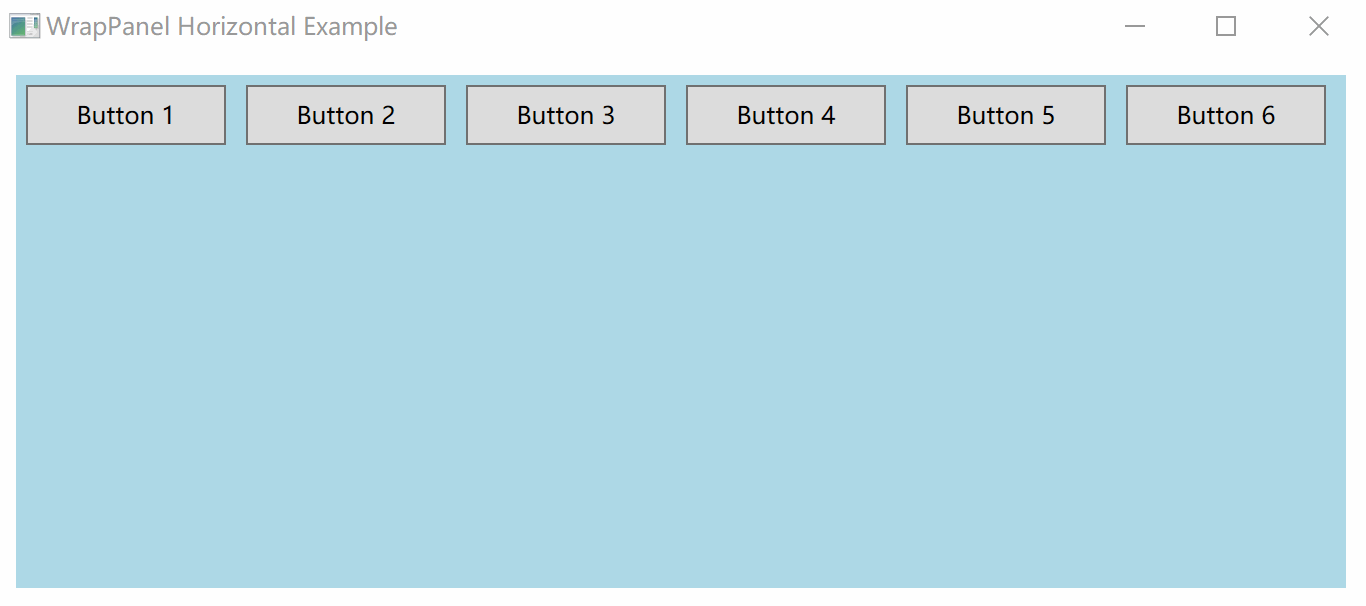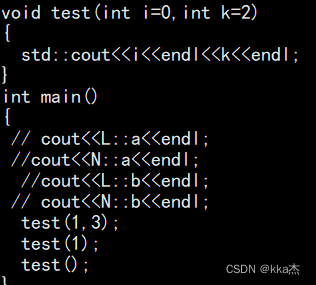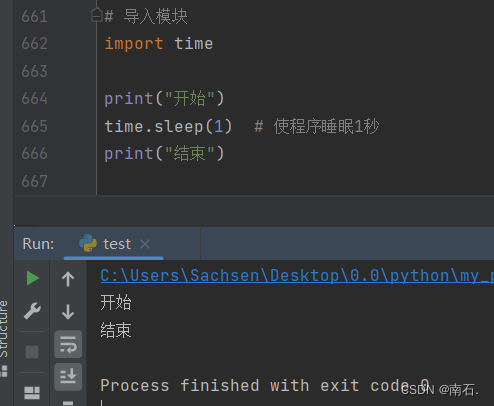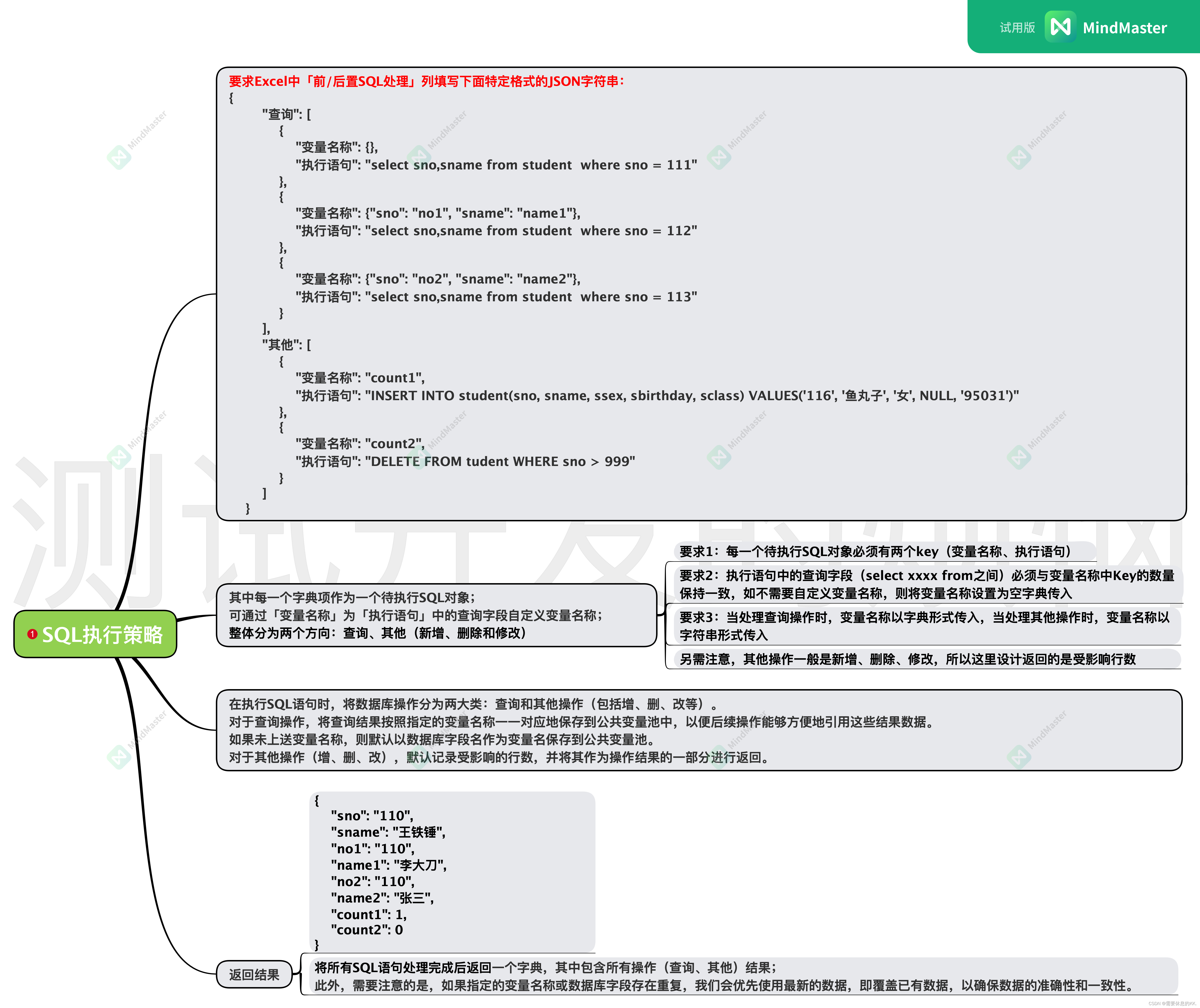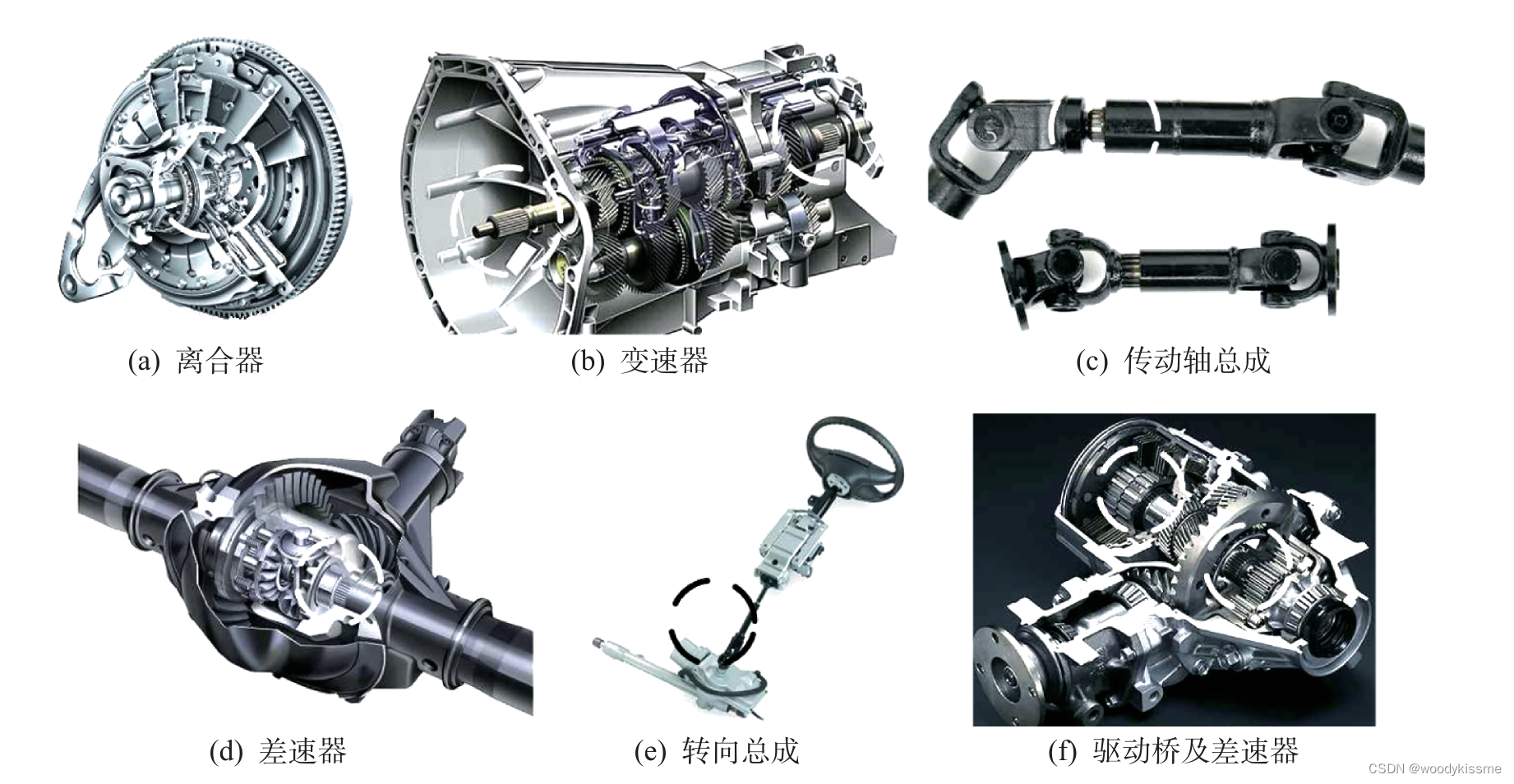目录
1,名词概述。
1.1,ORM:对象映射模型。
1.2,EntityClient:实体代理,用来操作EDM(实体对象模型)。
1.3,ADO.Net Provider:翻译Sql语句,用来访问数据库。
1.4,EDM(EntityDataModel):实体数据模型。
1.5,CRUD :Create,Read,Update,Delete。
2,实体数据模型EDM介绍。
EDM包含三部分SSDL,CSDL,MSL。实现将关系数据库模型转换为实体数据模型,并将由三部分组成结构描述放在扩展名为.edmx的XML文件中。
- 添加实体数据模型

- 选择使用模式(当前使用来自数据库的EF设计器模式)

注意事项:使用Code First模型将不产生edmx文件。
- 连接数据库,添加完成后项目中自动生成edmx文件。

- 选择edmx文件右键选择打开方式,在打开方式对话框中选择XML(文本)编辑器

- 查看详细的存储结构,实体结构,映射关系等

SSDL:存储架构定义语言。负责与数据库中的数据表做实体对应(将数据表的结构与关系用xml描述)
<!-- SSDL content -->
<edmx:StorageModels>
<Schema Namespace="EFDBModel.Store" Provider="System.Data.SqlClient" ProviderManifestToken="2008" Alias="Self" xmlns:store="http://schemas.microsoft.com/ado/2007/12/edm/EntityStoreSchemaGenerator" xmlns:customannotation="http://schemas.microsoft.com/ado/2013/11/edm/customannotation" xmlns="http://schemas.microsoft.com/ado/2009/11/edm/ssdl">
<EntityType Name="Admins">
<Key>
<PropertyRef Name="LoginId" />
</Key>
<Property Name="LoginId" Type="int" StoreGeneratedPattern="Identity" Nullable="false" />
<Property Name="LoginPwd" Type="varchar" MaxLength="20" Nullable="false" />
<Property Name="AdminName" Type="varchar" MaxLength="20" Nullable="false" />
</EntityType>
<EntityType Name="ScoreList">
<Key>
<PropertyRef Name="Id" />
</Key>
<Property Name="Id" Type="int" StoreGeneratedPattern="Identity" Nullable="false" />
<Property Name="StudentId" Type="int" Nullable="false" />
<Property Name="CSharp" Type="int" />
<Property Name="SQLServerDB" Type="int" />
<Property Name="UpdateTime" Type="smalldatetime" Nullable="false" />
</EntityType>
<EntityType Name="StudentClass">
<Key>
<PropertyRef Name="ClassId" />
</Key>
<Property Name="ClassId" Type="int" Nullable="false" />
<Property Name="ClassName" Type="varchar" MaxLength="20" Nullable="false" />
</EntityType>
<EntityType Name="Students">
<Key>
<PropertyRef Name="StudentId" />
</Key>
<Property Name="StudentId" Type="int" StoreGeneratedPattern="Identity" Nullable="false" />
<Property Name="StudentName" Type="varchar" MaxLength="20" Nullable="false" />
<Property Name="Gender" Type="char" MaxLength="2" Nullable="false" />
<Property Name="Birthday" Type="smalldatetime" Nullable="false" />
<Property Name="StudentIdNo" Type="numeric" Precision="18" Scale="0" Nullable="false" />
<Property Name="Age" Type="int" Nullable="false" />
<Property Name="PhoneNumber" Type="varchar" MaxLength="50" />
<Property Name="StudentAddress" Type="varchar" MaxLength="500" />
<Property Name="ClassId" Type="int" Nullable="false" />
</EntityType>
<Association Name="fk_classId">
<End Role="StudentClass" Type="Self.StudentClass" Multiplicity="1" />
<End Role="Students" Type="Self.Students" Multiplicity="*" />
<ReferentialConstraint>
<Principal Role="StudentClass">
<PropertyRef Name="ClassId" />
</Principal>
<Dependent Role="Students">
<PropertyRef Name="ClassId" />
</Dependent>
</ReferentialConstraint>
</Association>
<Association Name="fk_StudentId">
<End Role="Students" Type="Self.Students" Multiplicity="1" />
<End Role="ScoreList" Type="Self.ScoreList" Multiplicity="*" />
<ReferentialConstraint>
<Principal Role="Students">
<PropertyRef Name="StudentId" />
</Principal>
<Dependent Role="ScoreList">
<PropertyRef Name="StudentId" />
</Dependent>
</ReferentialConstraint>
</Association>
<EntityContainer Name="EFDBModelStoreContainer">
<EntitySet Name="Admins" EntityType="Self.Admins" Schema="dbo" store:Type="Tables" />
<EntitySet Name="ScoreList" EntityType="Self.ScoreList" Schema="dbo" store:Type="Tables" />
<EntitySet Name="StudentClass" EntityType="Self.StudentClass" Schema="dbo" store:Type="Tables" />
<EntitySet Name="Students" EntityType="Self.Students" Schema="dbo" store:Type="Tables" />
<AssociationSet Name="fk_classId" Association="Self.fk_classId">
<End Role="StudentClass" EntitySet="StudentClass" />
<End Role="Students" EntitySet="Students" />
</AssociationSet>
<AssociationSet Name="fk_StudentId" Association="Self.fk_StudentId">
<End Role="Students" EntitySet="Students" />
<End Role="ScoreList" EntitySet="ScoreList" />
</AssociationSet>
</EntityContainer>
</Schema>
</edmx:StorageModels>CSDL: 概念架构定义语言。概念模型对应的实体类,用实体类表示数据库中的对象。
<!-- CSDL content -->
<edmx:ConceptualModels>
<Schema Namespace="EFDBModel" Alias="Self" annotation:UseStrongSpatialTypes="false" xmlns:annotation="http://schemas.microsoft.com/ado/2009/02/edm/annotation" xmlns:customannotation="http://schemas.microsoft.com/ado/2013/11/edm/customannotation" xmlns="http://schemas.microsoft.com/ado/2009/11/edm">
<EntityType Name="Admins">
<Key>
<PropertyRef Name="LoginId" />
</Key>
<Property Name="LoginId" Type="Int32" Nullable="false" annotation:StoreGeneratedPattern="Identity" />
<Property Name="LoginPwd" Type="String" MaxLength="20" FixedLength="false" Unicode="false" Nullable="false" />
<Property Name="AdminName" Type="String" MaxLength="20" FixedLength="false" Unicode="false" Nullable="false" />
</EntityType>
<EntityType Name="ScoreList">
<Key>
<PropertyRef Name="Id" />
</Key>
<Property Name="Id" Type="Int32" Nullable="false" annotation:StoreGeneratedPattern="Identity" />
<Property Name="StudentId" Type="Int32" Nullable="false" />
<Property Name="CSharp" Type="Int32" />
<Property Name="SQLServerDB" Type="Int32" />
<Property Name="UpdateTime" Type="DateTime" Nullable="false" Precision="0" />
<NavigationProperty Name="Students" Relationship="Self.fk_StudentId" FromRole="ScoreList" ToRole="Students" />
</EntityType>
<EntityType Name="StudentClass">
<Key>
<PropertyRef Name="ClassId" />
</Key>
<Property Name="ClassId" Type="Int32" Nullable="false" />
<Property Name="ClassName" Type="String" MaxLength="20" FixedLength="false" Unicode="false" Nullable="false" />
<NavigationProperty Name="Students" Relationship="Self.fk_classId" FromRole="StudentClass" ToRole="Students" />
</EntityType>
<EntityType Name="Students">
<Key>
<PropertyRef Name="StudentId" />
</Key>
<Property Name="StudentId" Type="Int32" Nullable="false" annotation:StoreGeneratedPattern="Identity" />
<Property Name="StudentName" Type="String" MaxLength="20" FixedLength="false" Unicode="false" Nullable="false" />
<Property Name="Gender" Type="String" MaxLength="2" FixedLength="true" Unicode="false" Nullable="false" />
<Property Name="Birthday" Type="DateTime" Nullable="false" Precision="0" />
<Property Name="StudentIdNo" Type="Decimal" Precision="18" Scale="0" Nullable="false" />
<Property Name="Age" Type="Int32" Nullable="false" />
<Property Name="PhoneNumber" Type="String" MaxLength="50" FixedLength="false" Unicode="false" />
<Property Name="StudentAddress" Type="String" MaxLength="500" FixedLength="false" Unicode="false" />
<Property Name="ClassId" Type="Int32" Nullable="false" />
<NavigationProperty Name="ScoreList" Relationship="Self.fk_StudentId" FromRole="Students" ToRole="ScoreList" />
<NavigationProperty Name="StudentClass" Relationship="Self.fk_classId" FromRole="Students" ToRole="StudentClass" />
</EntityType>
<Association Name="fk_StudentId">
<End Role="Students" Type="Self.Students" Multiplicity="1" />
<End Role="ScoreList" Type="Self.ScoreList" Multiplicity="*" />
<ReferentialConstraint>
<Principal Role="Students">
<PropertyRef Name="StudentId" />
</Principal>
<Dependent Role="ScoreList">
<PropertyRef Name="StudentId" />
</Dependent>
</ReferentialConstraint>
</Association>
<Association Name="fk_classId">
<End Role="StudentClass" Type="Self.StudentClass" Multiplicity="1" />
<End Role="Students" Type="Self.Students" Multiplicity="*" />
<ReferentialConstraint>
<Principal Role="StudentClass">
<PropertyRef Name="ClassId" />
</Principal>
<Dependent Role="Students">
<PropertyRef Name="ClassId" />
</Dependent>
</ReferentialConstraint>
</Association>
<EntityContainer Name="EFDBEntities" annotation:LazyLoadingEnabled="true">
<EntitySet Name="Admins" EntityType="Self.Admins" />
<EntitySet Name="ScoreList" EntityType="Self.ScoreList" />
<EntitySet Name="StudentClass" EntityType="Self.StudentClass" />
<EntitySet Name="Students" EntityType="Self.Students" />
<AssociationSet Name="fk_StudentId" Association="Self.fk_StudentId">
<End Role="Students" EntitySet="Students" />
<End Role="ScoreList" EntitySet="ScoreList" />
</AssociationSet>
<AssociationSet Name="fk_classId" Association="Self.fk_classId">
<End Role="StudentClass" EntitySet="StudentClass" />
<End Role="Students" EntitySet="Students" />
</AssociationSet>
</EntityContainer>
</Schema>
</edmx:ConceptualModels>MSL: 映射规范语言。 将存储模型中字段与概念模型中的属性对应。
<!-- C-S mapping content -->
<edmx:Mappings>
<Mapping Space="C-S" xmlns="http://schemas.microsoft.com/ado/2009/11/mapping/cs">
<EntityContainerMapping StorageEntityContainer="EFDBModelStoreContainer" CdmEntityContainer="EFDBEntities">
<EntitySetMapping Name="Admins">
<EntityTypeMapping TypeName="EFDBModel.Admins">
<MappingFragment StoreEntitySet="Admins">
<ScalarProperty Name="LoginId" ColumnName="LoginId" />
<ScalarProperty Name="LoginPwd" ColumnName="LoginPwd" />
<ScalarProperty Name="AdminName" ColumnName="AdminName" />
</MappingFragment>
</EntityTypeMapping>
</EntitySetMapping>
<EntitySetMapping Name="ScoreList">
<EntityTypeMapping TypeName="EFDBModel.ScoreList">
<MappingFragment StoreEntitySet="ScoreList">
<ScalarProperty Name="Id" ColumnName="Id" />
<ScalarProperty Name="StudentId" ColumnName="StudentId" />
<ScalarProperty Name="CSharp" ColumnName="CSharp" />
<ScalarProperty Name="SQLServerDB" ColumnName="SQLServerDB" />
<ScalarProperty Name="UpdateTime" ColumnName="UpdateTime" />
</MappingFragment>
</EntityTypeMapping>
</EntitySetMapping>
<EntitySetMapping Name="StudentClass">
<EntityTypeMapping TypeName="EFDBModel.StudentClass">
<MappingFragment StoreEntitySet="StudentClass">
<ScalarProperty Name="ClassId" ColumnName="ClassId" />
<ScalarProperty Name="ClassName" ColumnName="ClassName" />
</MappingFragment>
</EntityTypeMapping>
</EntitySetMapping>
<EntitySetMapping Name="Students">
<EntityTypeMapping TypeName="EFDBModel.Students">
<MappingFragment StoreEntitySet="Students">
<ScalarProperty Name="StudentId" ColumnName="StudentId" />
<ScalarProperty Name="StudentName" ColumnName="StudentName" />
<ScalarProperty Name="Gender" ColumnName="Gender" />
<ScalarProperty Name="Birthday" ColumnName="Birthday" />
<ScalarProperty Name="StudentIdNo" ColumnName="StudentIdNo" />
<ScalarProperty Name="Age" ColumnName="Age" />
<ScalarProperty Name="PhoneNumber" ColumnName="PhoneNumber" />
<ScalarProperty Name="StudentAddress" ColumnName="StudentAddress" />
<ScalarProperty Name="ClassId" ColumnName="ClassId" />
</MappingFragment>
</EntityTypeMapping>
</EntitySetMapping>
</EntityContainerMapping>
</Mapping>
</edmx:Mappings>
</edmx:Runtime>3,规范函数。
EDM配合Linq查询语言使用,但是因为EDM中的Linq查询语言最终由Ado.net Provider编译为SQL语句,限制了EDM只能使用部分规范的方法。
- 可使用的规范函数。
System.String 静态方法 Concat(),Equals(),IsNullOrEmpty()等
System.String 实例方法 Contains(),EndsWith(),StartsWith(),Replace()等
DataTime 静态方法
DataTime 实例方法
Math静态方法
Guid静态方法例如:
context.Students.Where(t => t.StudentName.StartsWith("张"));
//被provider翻译为:
SELECT
[Extent1].[StudentId] AS [StudentId],
[Extent1].[StudentName] AS [StudentName],
[Extent1].[Gender] AS [Gender],
[Extent1].[Birthday] AS [Birthday],
[Extent1].[StudentIdNo] AS [StudentIdNo],
[Extent1].[Age] AS [Age],
[Extent1].[PhoneNumber] AS [PhoneNumber],
[Extent1].[StudentAddress] AS [StudentAddress],
[Extent1].[ClassId] AS [ClassId]
FROM [dbo].[Students] AS [Extent1]
WHERE [Extent1].[StudentName] LIKE '张%'
//如果是使用非规范函数的正则表达式,则抛出异常:
//其他信息: LINQ to Entities 不识别方法“Boolean IsMatch(System.String, System.String)”,因//此该方法无法转换为存储表达式。),因无法转译为SQL语句
context.Students.Where(t => System.Text.RegularExpressions.Regex.IsMatch(t.StudentName, "^张.*"));//抛出异常4,查看Linq转换成的SQL语句。
查询表达式.ToString()即可查看转换SQL语句。需要注意的是Linq查询是延迟查询,即使用时才进行查询。
5,数据的增删改查。
使用的数据

5.1,数据查询
MyDbContext context = new MyDbContext();
//普通查询
var result = context.Students.Where(s => s.StudentId > 100004);
Students ss= context.Students.Find(100004);
//多表联合查询
var arr= from a in context.ScoreList where a.StudentId>=100004
select new
{
a.StudentId,
a.SQLServerDB,
a.Students.StudentName,
a.Students.StudentClass.ClassName
};
5.2,数据插入
MyDbContext context = new MyDbContext();
//添加方式
Students s = new Students
{
Age = 23,
Birthday = DateTime.Parse("2001/4/23"),
Gender = "女",
PhoneNumber = "1234567",
StudentAddress = "湖北武汉",
StudentIdNo = 123456789987654321,
StudentName = "李欣",
ClassId = context.StudentClass.FirstOrDefault(t => t.ClassName.Equals("网络1班")).ClassId
};
context.Students.Add(s);
context.SaveChanges();
//方式2
s.StudentIdNo = 123456789987654322;
context.Entry(s).State = System.Data.Entity.EntityState.Added;
context.SaveChanges();
//方式3
Students stu = new Students
{
StudentId = 100010,
Age = 20,
Birthday = DateTime.Parse("1998/7/23"),
Gender = "女",
PhoneNumber = "13232224242",
StudentIdNo = 111111110111111118,
StudentAddress = "广东东莞",
StudentName = "张三",
};//注意这里无需指明classId
//这里获取StudentClass对象,该对象包含了classId同时也包含了导航属性students(导航属性students中的Studentid均相同,主外键一对多的关系)
(from c in context.StudentClass where c.ClassName.Equals("计算机2班") select c).FirstOrDefault().Students.Add(stu);
context.SaveChanges();5.3,数据更新
//方式1
Students stu = context.Students.Find(100014);
stu.StudentName = "李2新";
context.SaveChanges();
//方式2
Students stu2 = new Students
{
Age = 23,
Birthday = DateTime.Parse("2001/4/23"),
Gender = "女",
PhoneNumber = "1234567",
StudentAddress = "湖北武汉",
StudentIdNo = 123456789987654323,
StudentName = "李欣",
ClassId = context.StudentClass.FirstOrDefault(t => t.ClassName.Equals("网络1班")).ClassId,
StudentId = 100015
};
context.Entry(stu2).State = System.Data.Entity.EntityState.Modified;
context.SaveChanges();5.4,数据删除
//方法1,查询出对象再删除
Students stu1 = context.Students.Find(100014);
context.Students.Remove(stu1);
context.SaveChanges();
//方法2,创建对象直接删除
Students stu2 = new Students { StudentId = 100013 };
context.Entry(stu2).State = System.Data.Entity.EntityState.Deleted;
context.SaveChanges();
//方法3,创建对象附加后再删除
Students stu3 = new Students { StudentId = 100011 };
context.Students.Attach(stu3);
context.Students.Remove(stu3);
context.SaveChanges();
//方法4
Students stu3 = new Students { StudentId = 100011 };
context.Entry(stu3).State = System.Data.Entity.EntityState.Unchanged;
context.Students.Remove(stu3);
context.SaveChanges();6,使用SQL语句
6.1,无结果集返回时
//增加
string sqlcmd = "insert into StudentClass (ClassId,ClassName) values (7,\'软件10班\')";
//删除
string sqlcmd2 = "delete from StudentClass where ClassId>=7";
context.Database.ExecuteSqlCommand(sqlcmd);6.2,有结果集返回值时
var arr = context.Database.SqlQuery<StudentClass>("select * from StudentClass");
foreach (var item in arr)
{
Console.WriteLine(item.ClassId + "\t" + item.ClassName);
}6.3,调用存储过程
6.3.1,定义存储过程
--存储过程1
if exists(select * from sysobjects where name='ups_procUpate')
drop proc ups_procUpate
go
create proc ups_procUpate
@studentName nvarchar(50),@id int = 100004
as
update Students set StudentName=@studentName where StudentId=@id
go
--存储过程2
if exists(select * from sysobjects where name ='ups_procRead')
drop proc ups_procRead
go
create proc ups_procRead @id int
as
select * from Students where StudentId>=@id
go
6.3.2,调用存储过程
//调用存储过程
context.Database.ExecuteSqlCommand("exec ups_procUpate '猪八戒',100005");
//调用带参数的存储过程
System.Data.SqlClient.SqlParameter[] paras = new System.Data.SqlClient.SqlParameter[]
{
new System.Data.SqlClient.SqlParameter("@studentName","牛魔王"),
new System.Data.SqlClient.SqlParameter("@id",100006)
};
context.Database.ExecuteSqlCommand("exec ups_procUpate @studentName,@id ", paras);
//调用具有查询结果的存储过程
var collect = context.Database.SqlQuery<Students>("exec ups_procRead 100004");
foreach (var item in collect)
{
Console.WriteLine(item.StudentId + "\t" + item.StudentName);
}7,EF性能优化。
7.1,状态说明
EntityState
状态 整数值 说明 具备该状态的对象
Detached 1 对象存在但未被跟踪 新创建的对象
UNchanged 2 对象尚未经过修改 使用DbContext读取的对象
使用Attach()方法添加的对象
执行SaveChange()后的对象
Added 4 对象为新对象,并已添加 使用Add()方法添加的对象
到上下文中
Deleted 8 对象已从上下文中删除 使用Remove()移除对象 7.2,优化方法
使用AsNoTracing()方法
不进行状态跟踪添加AsNoTracing()方法后,对象将不被状态管理,查询性能提高返回的实体将不再DbContext中缓存只适合纯粹的查询操作。
//默认状态跟踪
Students stu = (from a in context.Students where a.StudentId.Equals(100004) select a).FirstOrDefault();
Console.WriteLine("该Student状态:{0}", context.Entry(stu).State);
//不进行状态跟踪
Students stu2 = context.Students.AsNoTracking().FirstOrDefault(a => a.StudentId.Equals(100004));
Console.WriteLine("该Student状态:{0}", context.Entry(stu2).State);禁用自动跟踪(默认开启)DbContext.Configuration.AutoDetectChangesEnabled = false;
关闭前,当执行Add()操作时耗费大量的性能,导致DbContext遍历所有缓存的Entity,比较原始值和当前值,非常耗时。
关闭后使用Add()告知DbContext变化即可,如果是删除使用Remove()方法,以及通过State属性告知变化。
适合于大批量操作数据(添加,删除,修改)
System.Diagnostics.Stopwatch watch = new System.Diagnostics.Stopwatch();
Console.WriteLine("启用状态自动跟踪");
context.Configuration.AutoDetectChangesEnabled = true;
for (int i = 17; i < 27; i++)
{
Console.WriteLine("第{0}次", i);
StudentClass sc = new StudentClass { ClassName = $"网络{i}班", ClassId = i };
Console.WriteLine("\t添加之前状态:{0}", context.Entry(sc).State);
context.StudentClass.Add(sc);
Console.WriteLine("\t添加之后状态:{0}", context.Entry(sc).State);
}
context.SaveChanges();
Console.WriteLine("耗时:{0}", watch.Elapsed);
Console.WriteLine("禁用状态自动跟踪");
context.Configuration.AutoDetectChangesEnabled = false;
watch.Restart();
for (int i = 27; i < 37; i++)
{
Console.WriteLine("第{0}次", i);
StudentClass sc = new StudentClass { ClassName = $"网络{i}班", ClassId = i };
Console.WriteLine("\t添加之前状态:{0}", context.Entry(sc).State);
context.StudentClass.Add(sc);
Console.WriteLine("\t添加之后状态:{0}", context.Entry(sc).State);
}
context.SaveChanges();
Console.WriteLine("耗时:{0}", watch.Elapsed);


